With the
Great Southern BioBlitz 2021 approaching, I thought I'd review my City Nature Challenge and Great Southern BioBlitz history, and see if I can break some personal records during the GSB2021.
I've previously taken part in the
City Nature Challenge 2020 with 1172 observations of 372 species, the
Great Southern BioBlitz 2020 with 1440 observations of 461 species, and the
City Nature Challenge 2021 with 1403 observations of 426 species.
City Nature Challenge 2020
My first attempt at a 4-day BioBlitz was the CNC2020. Taking place in our Autumn, this wasn't an ideal time of year to discover as many species as possible. The weather can put a damper on most activity and the short daylight hours can be limiting. Many seasonal plant species aren't present, Insects are hidden away in egg or larval stages, and identifying plants without flowers can present difficulties. Nevertheless, over the four days I visited 17 locations recording
1172 observations covering
373 species (using the
'leaf count' method), with 325 of those identified all the way to species.
Given the season and ease of observation, Plants featured heavily with the top 24 most recorded species being Plants. Most recorded was the
Myrtle Wattle (Acacia myrtifolia) with 24 records across 8 different locations. The most recorded Bird was the
Superb Fairywren (Malurus cyaneus), with 7 records across 7 different locations. The first Insect, the
Meadow Argus (Junonia villida) appeared in 25th place with 6 records.
Observations from my property over the 4 days totalled
155 records covering
78 species. Many of these were Lepidoptera attracted to a UV light, however the species total also included 6 Flies, 6 Beetles, 5 Arachnids, 5 Plants (naturally occurring), 3 Molluscs and 3 Ants.
CNC2020 Highlights:

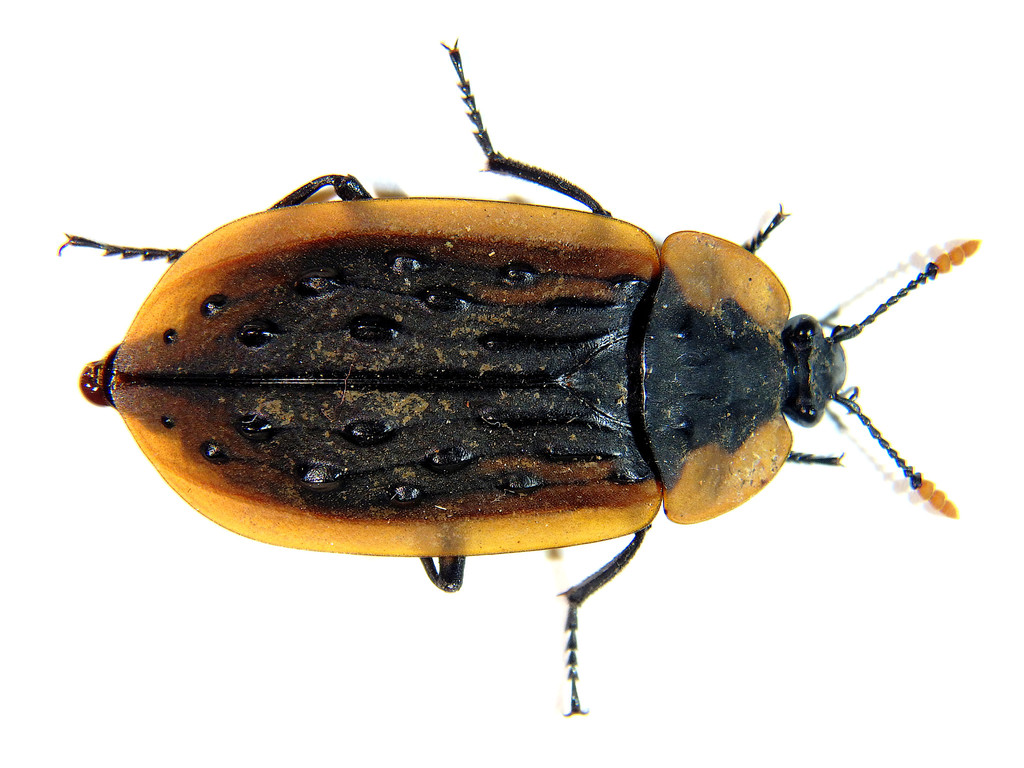
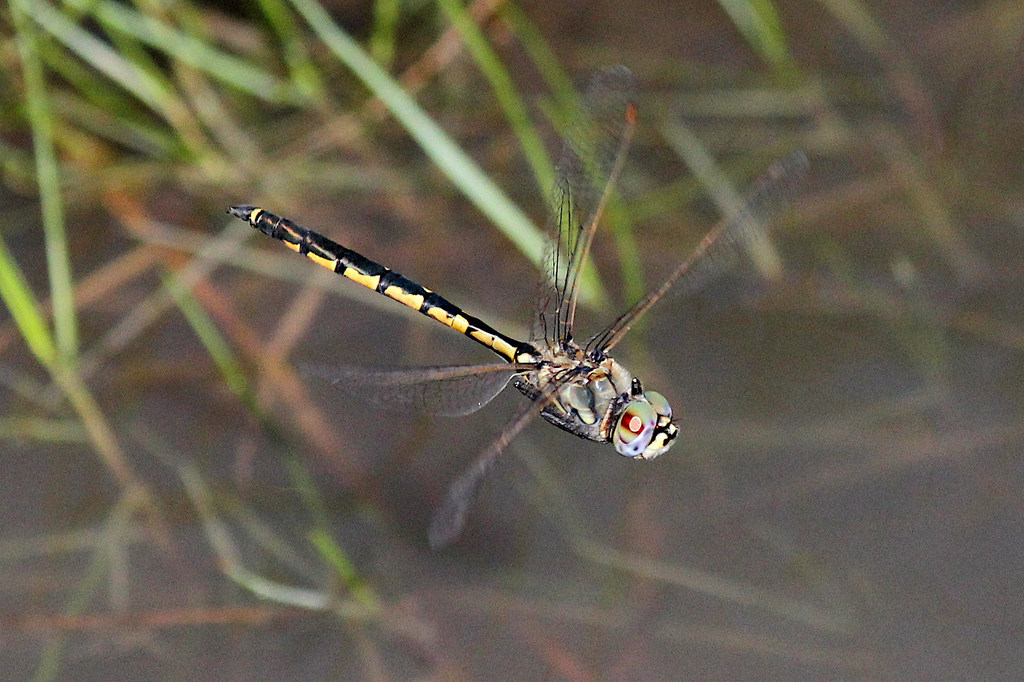 Great Southern BioBlitz 2020
Great Southern BioBlitz 2020
This is a BioBlitz much more suitable for tracking down those Spring flowers and Insects. The first
Great Southern BioBlitz offered warm days with longer daylight hours. But the weather doesn't always play nice as I found myself in the middle of Ferries-McDonald CP fending off a hailstorm.
Over the four days I visited 17 locations recording
1440 observations covering
461 species (using the
'leaf count' method), with 403 of those identified all the way to species. That's +268 observations and +89 species beyond the CNC2020 totals.
The higher species count came from both records of seasonal plants and the inclusion of two beach locations in the mix which brought in additional marine species. While Plants feature heavily in the most observed list, 4 of the top 5 observed species were seasonal Orchids, with the
Waxlip Orchid (Glossodia major) taking out the top spot having 23 observations across 3 different locations. The most observed Bird was the
Australian Pelican (Pelecanus conspicillatus) coming in 9th place with 11 records across 4 different locations. The first Insect was again a Butterfly, with the
Australian Painted Lady (Vanessa kershawi) coming in 52nd place with 5 records across 2 different locations.
Observations from my property over the 4 days totalled only
61 records covering
33 species. The lower numbers than in the CNC2020 were due to poor weather limiting the use of the UV light and time to search in the yard.
GSB2020 Highlights:
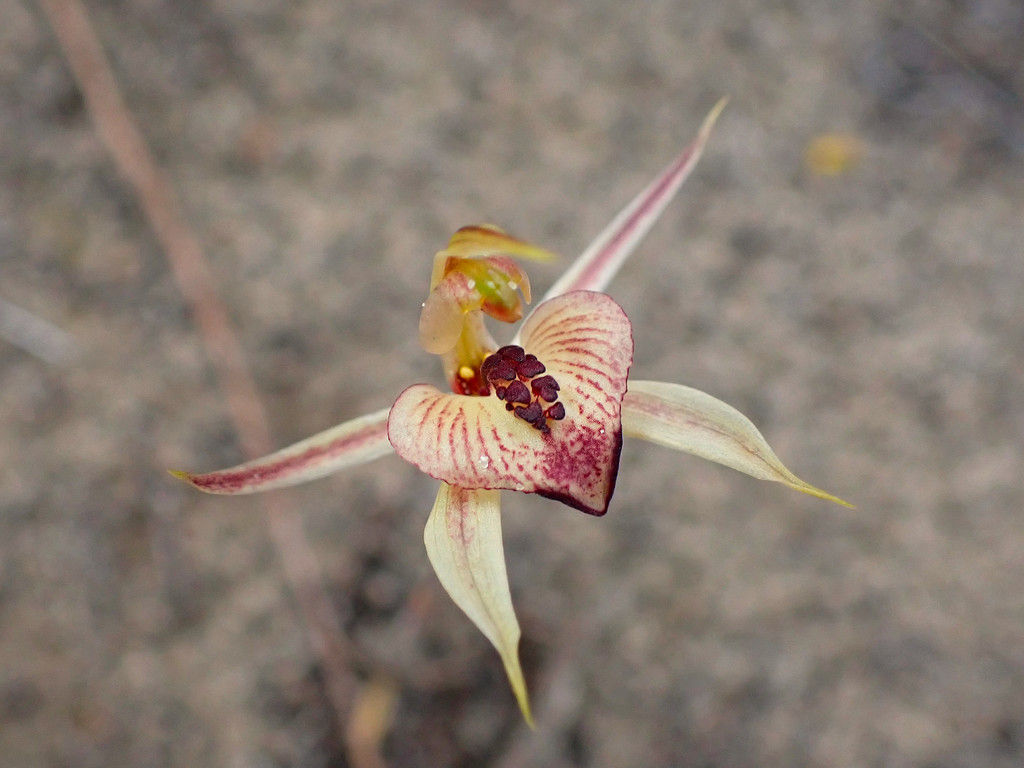
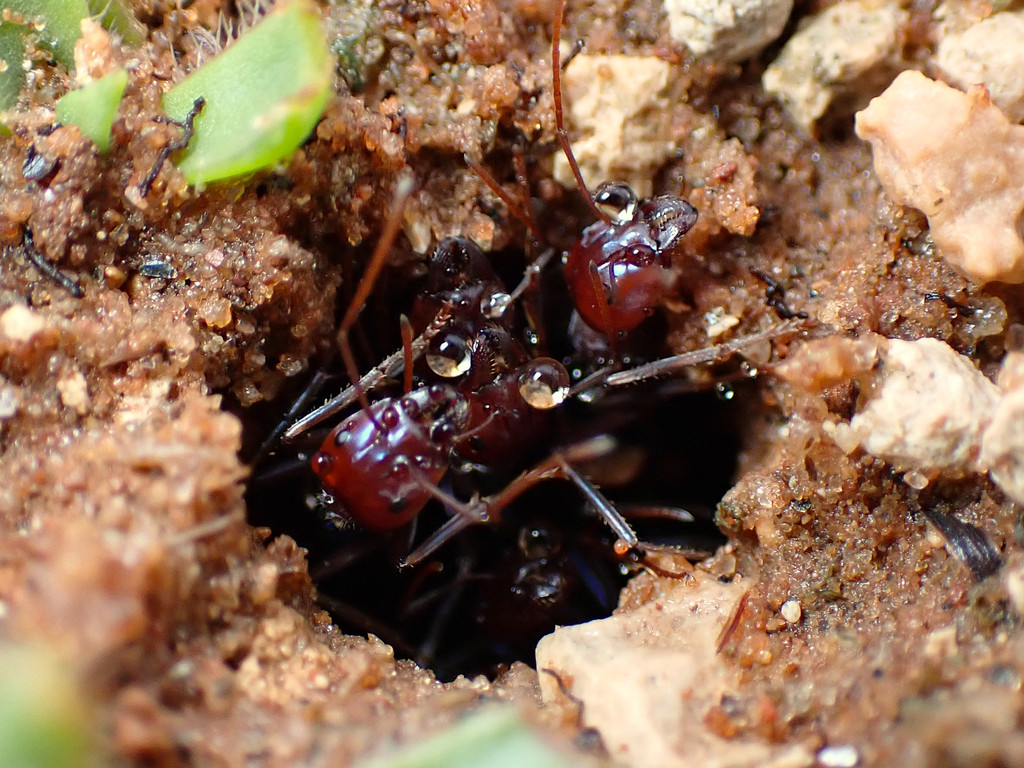
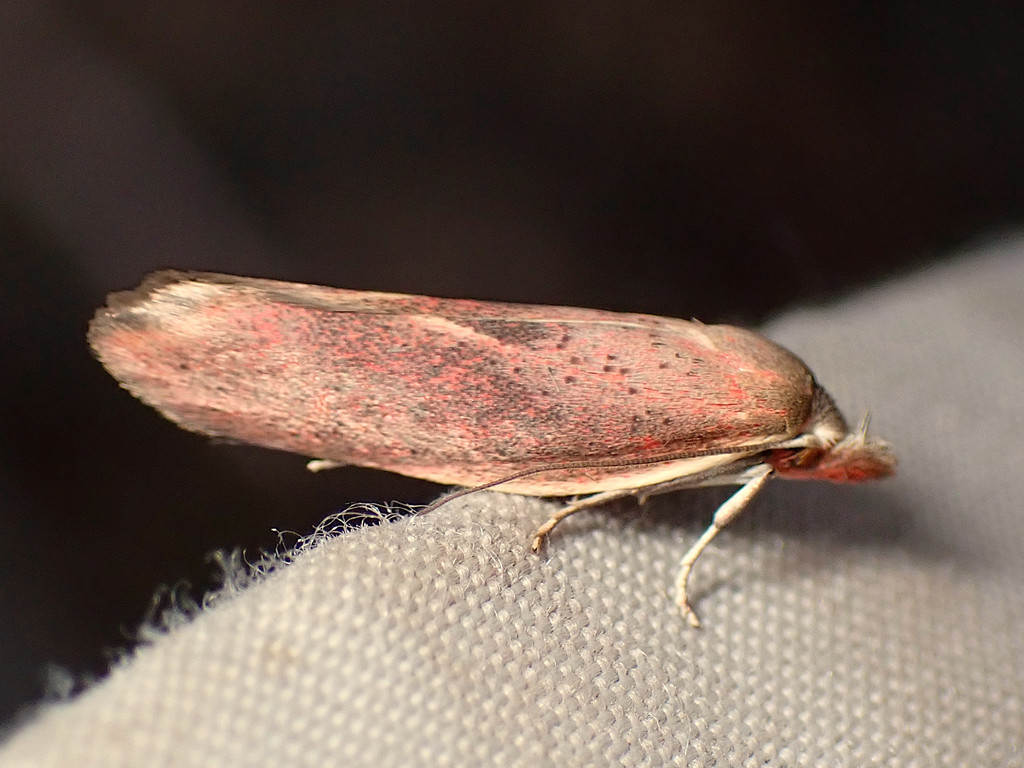
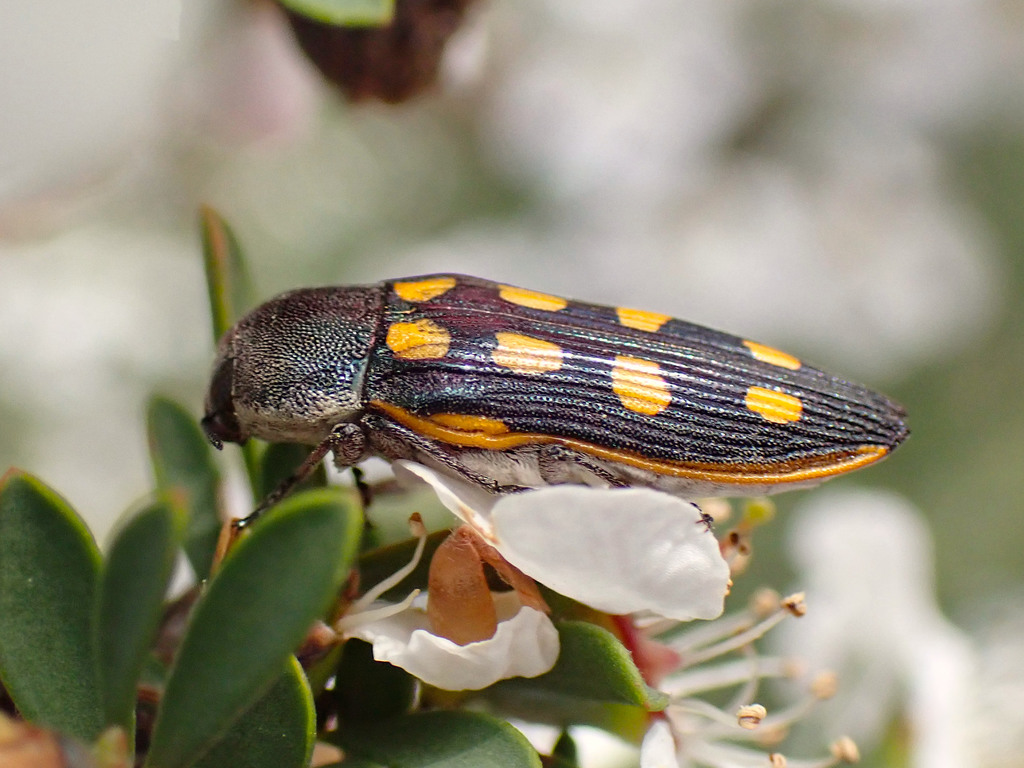

 City Nature Challenge 2021
City Nature Challenge 2021
My second run at the City Nature Challenge followed much the same pattern as the first, with Plants featuring heavily, followed by Birds, and few Invertebrates.
Over the four days I visited 14 locations recording
1403 observations covering
426 species (using the
'leaf count' method), with 364 of those identified all the way to species. This was less than during the Spring GSB2020, as expected, but compared to the previous Autumn CNC2020 it was +231 observations and +54 species.
I had expected that across both years the species seen would have been fairly similar. The locations visited were different, but generally within the same region. However comparing both species lists (
using the iNat compare tool) showed that of the 426 species seen in the CNC2021, 225 of them were NOT seen in the CNC2020. And of the 372 species seen in the CNC2020, 177 were NOT seen in the CNC2021. This strongly suggests that the key to recording as many species as possible during the BioBlitz is to visit as many, and varied, locations as possible. As opposed to longer visits to fewer locations.
The most observed species was the
Golden Wattle (Acacia pycnantha), with 31 records across 5 different locations. Some species featured heavily this year due to choice of location, such as the
Mount Lofty Ground-Berry (Acrotriche fasciculiflora) which placed 6th with 16 observations across only 2 locations in the Adelaide Hills.
Observations from my property over the 4 days totalled only
191 records covering
79 species. Lepidoptera featured heavily (143 observations) thanks to some warm weather. Interestingly, even though these observations were recorded at the same location and the same time of year, there was limited crossover. In the CNC2021 there were 50 species not recorded in CNC2020, and in the CNC2020 there were 52 species not recorded in the CNC2021. This suggests with a little effort the number of species recorded on my property over the 4 days could be doubled.
CNC2021 Highlights:

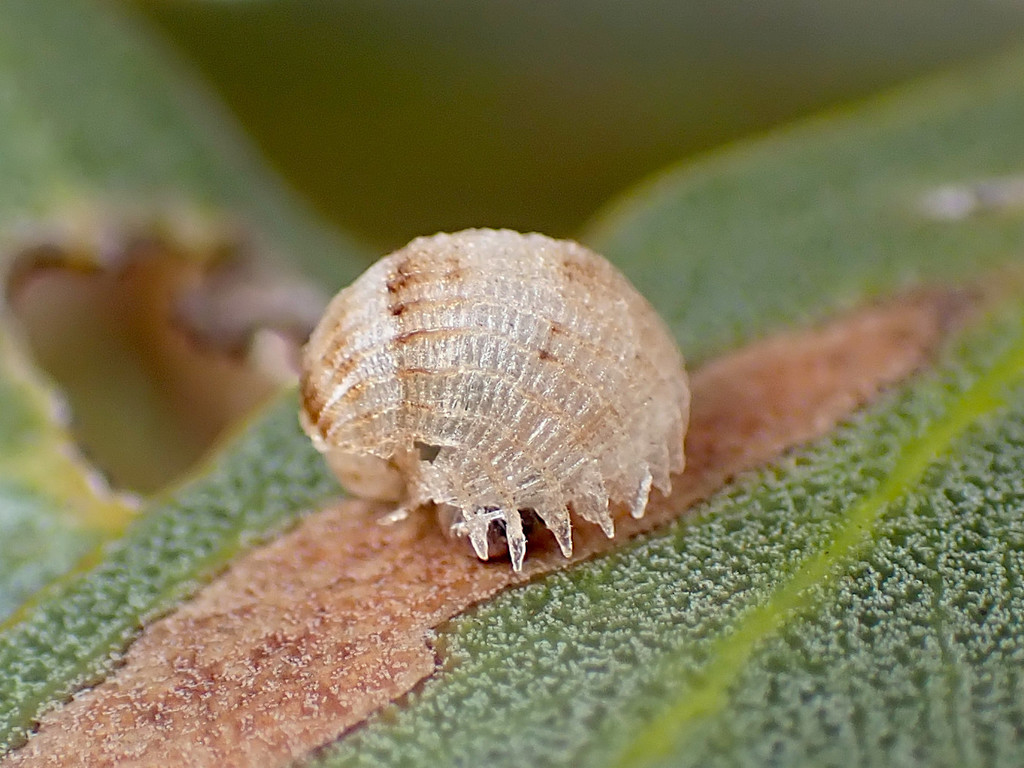
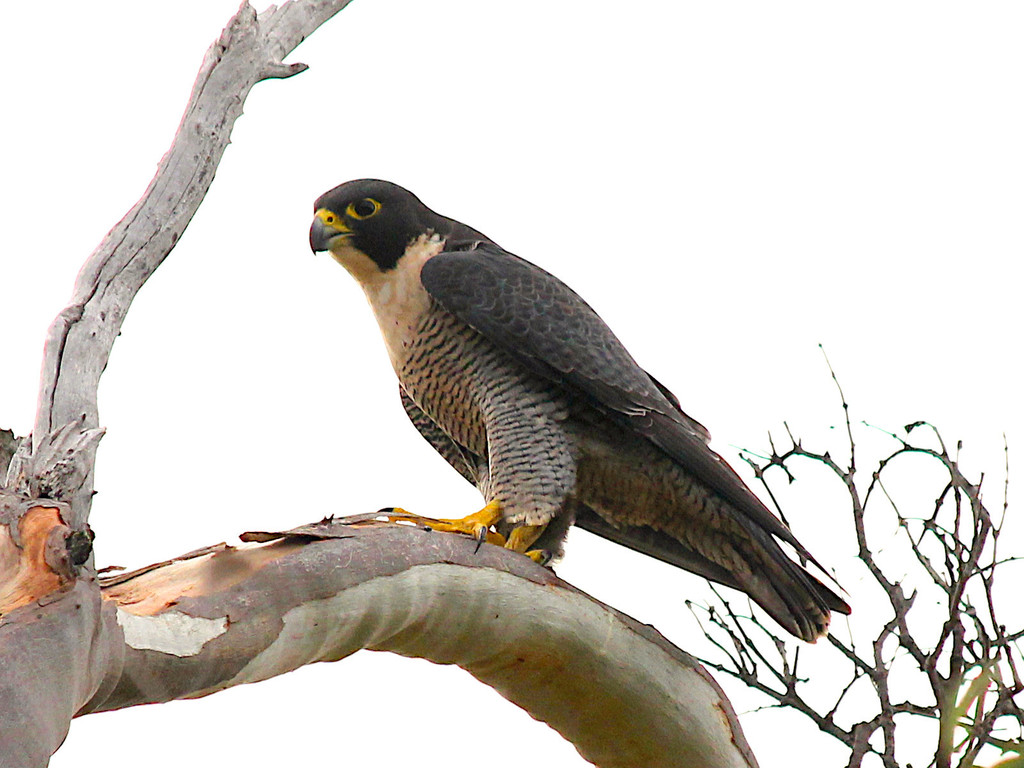 Great Southern BioBlitz 2021
Great Southern BioBlitz 2021
This all brings us to the Great Southern BioBlitz 2021. This year I'll be looking at visiting new locations and recording new species. Having learnt a few lessons from the previous BioBlitz events, I'll be aiming to:
- Add 50 new species to my life list.
- Record at least 1,500 observations.
- Record at least 500 species.
It'll take a bit of effort to achieve all three. I'll be visiting some semi-arid locations to track down some new species, however such areas tend to have lower species diversity, so I may be hard pressed to reach 500 species for the 4 days. It'll also very much depend on the weather.
Good luck to anyone participating in this years
Great Southern BioBlitz. Whether you're heading out on all 4 days or just spending some time
discovering the species in your own backyard, all will contribute important biodiversity records to the
Atlas of Living Australia.















